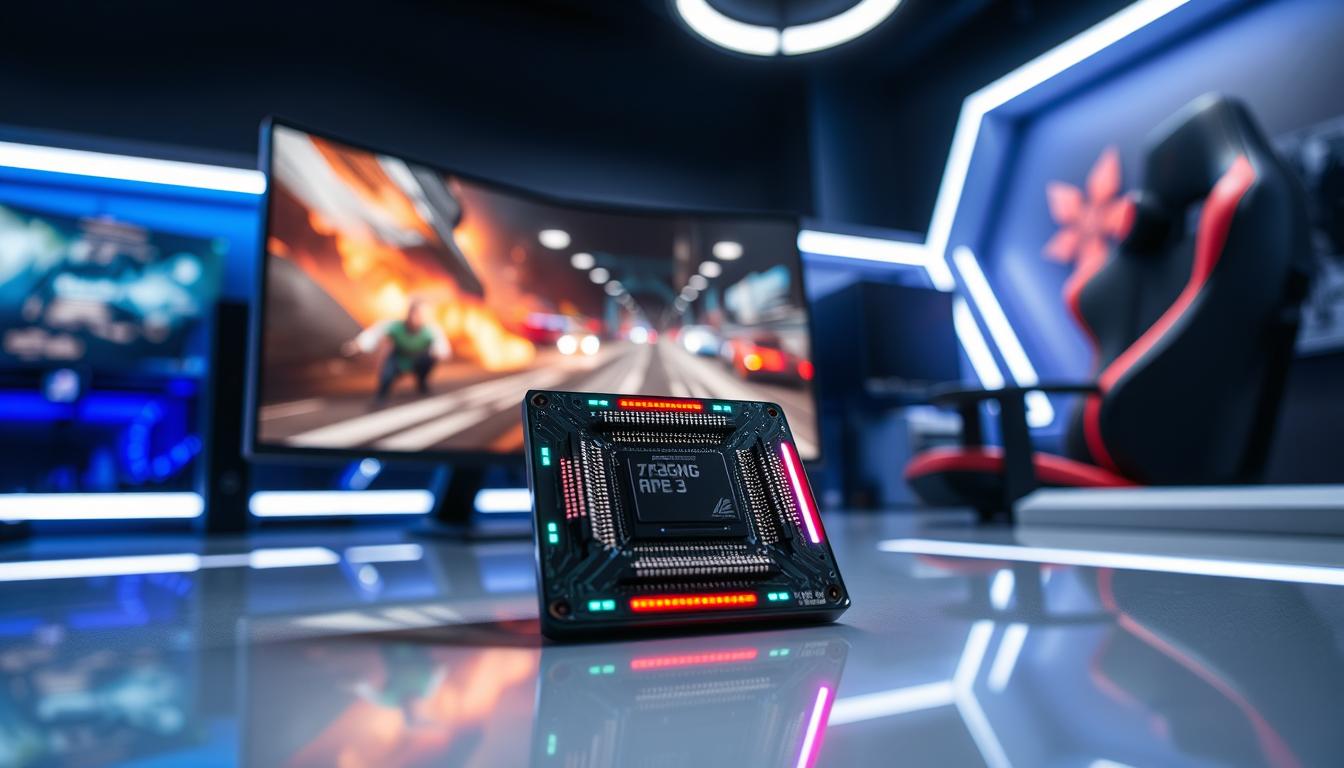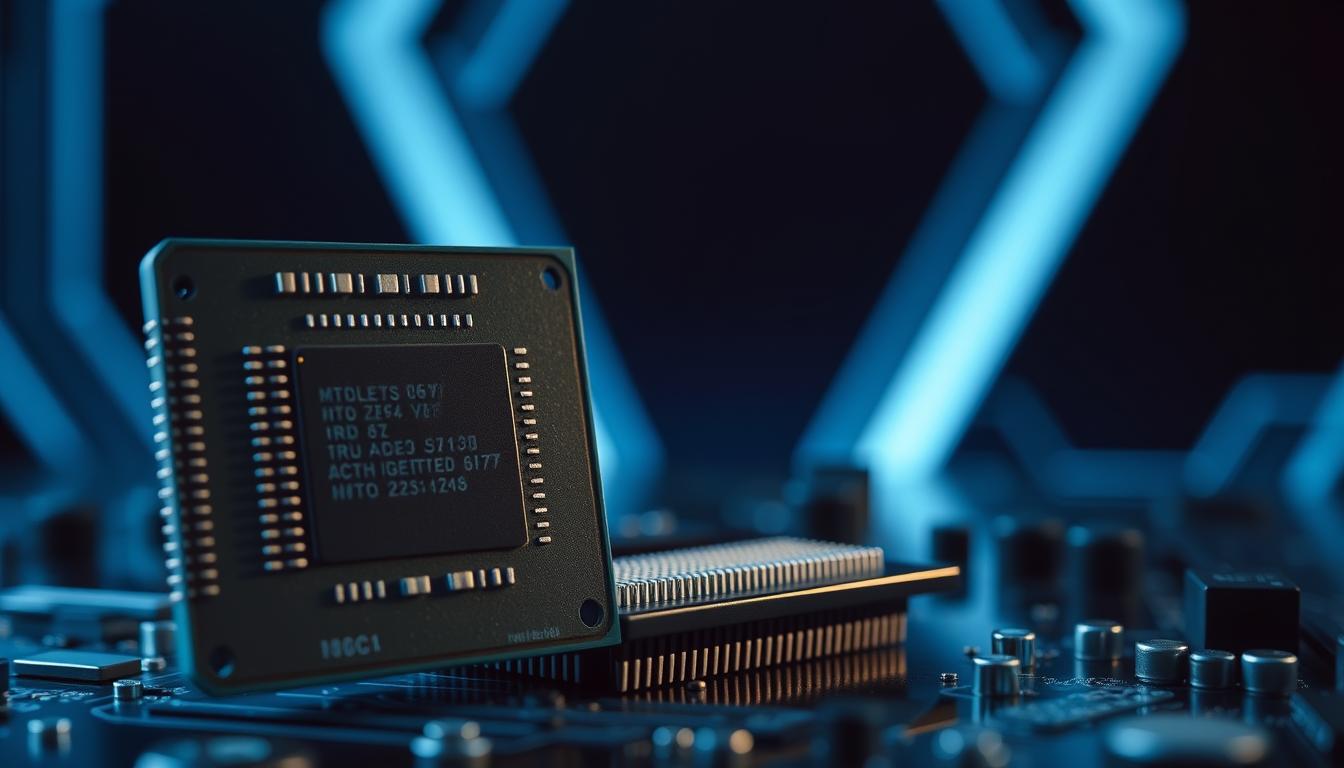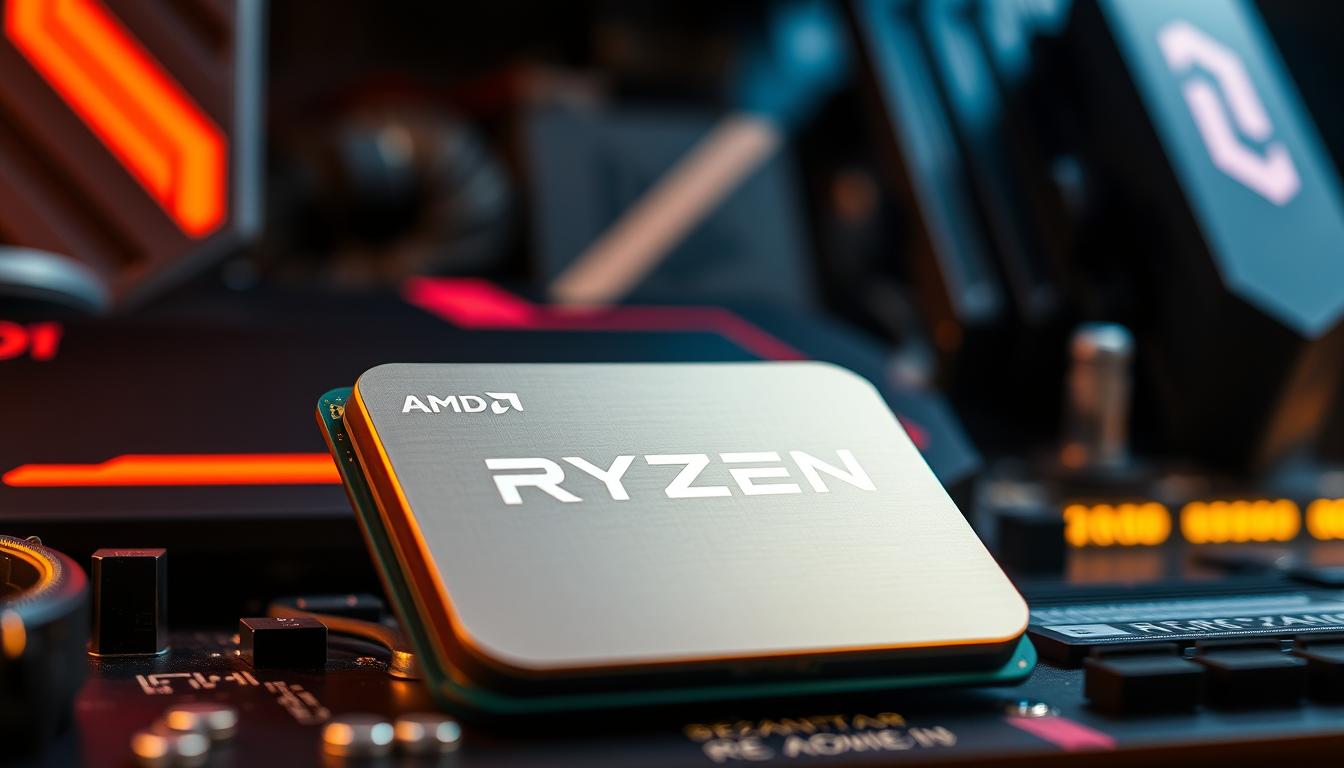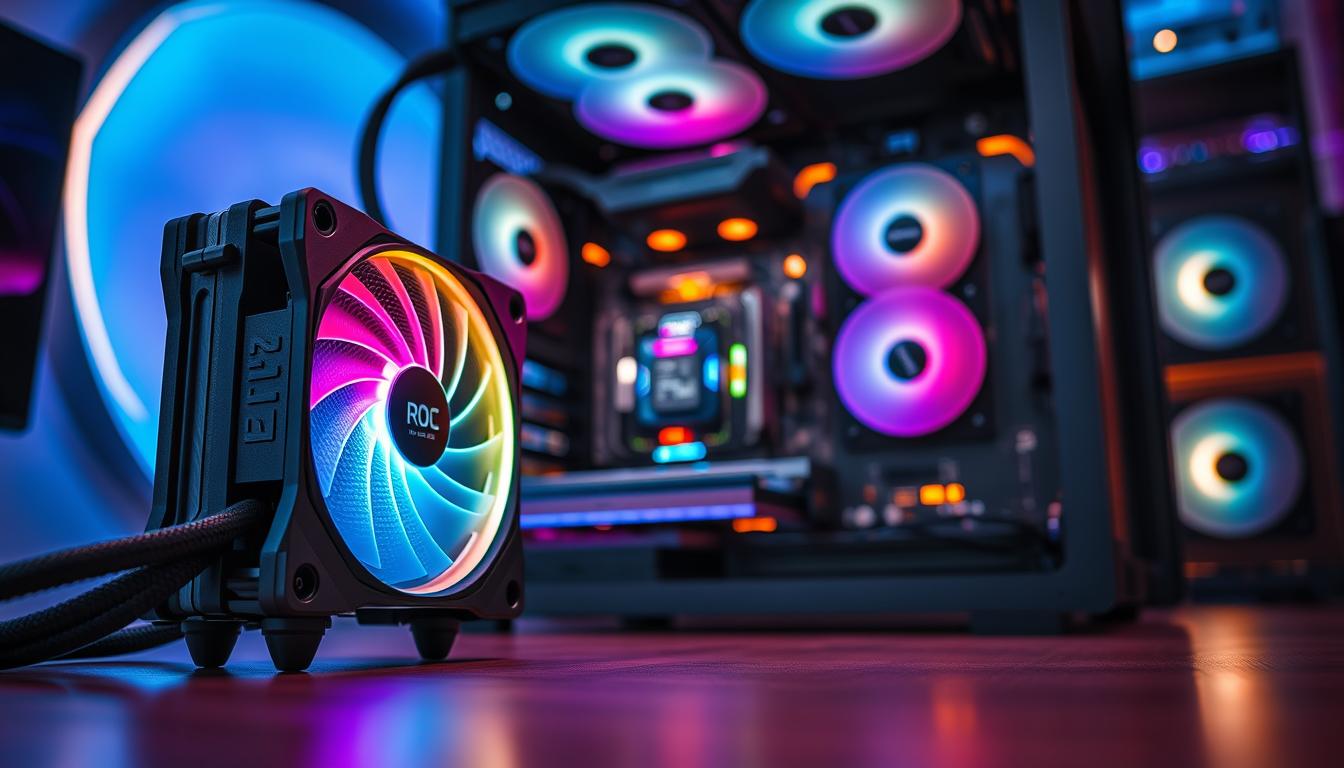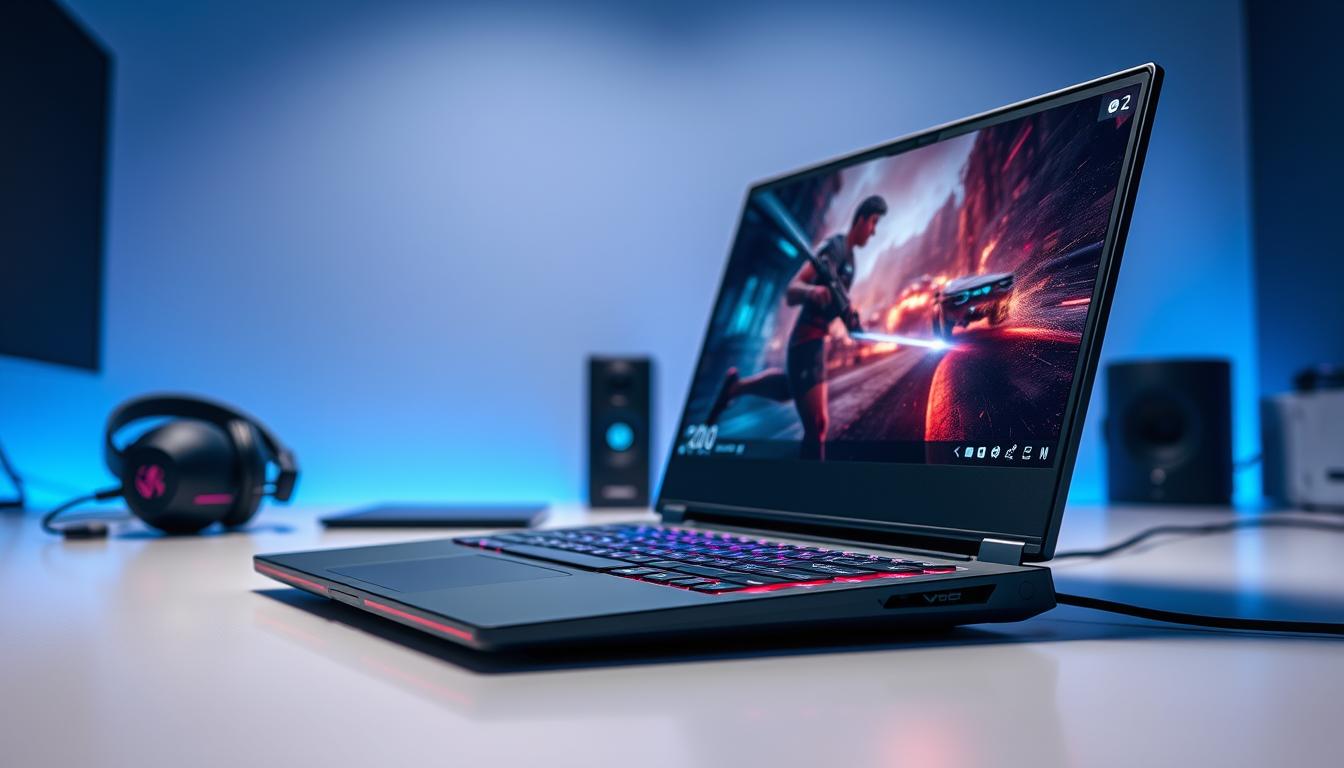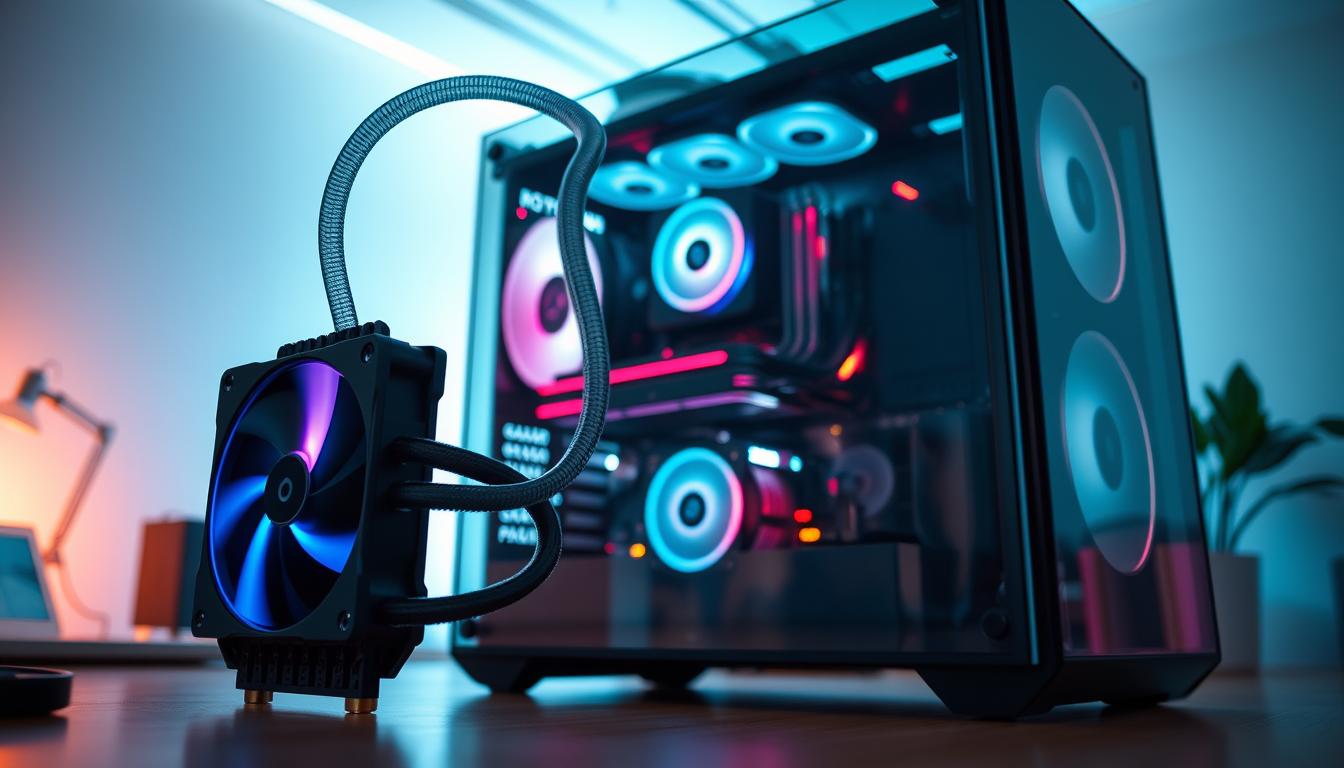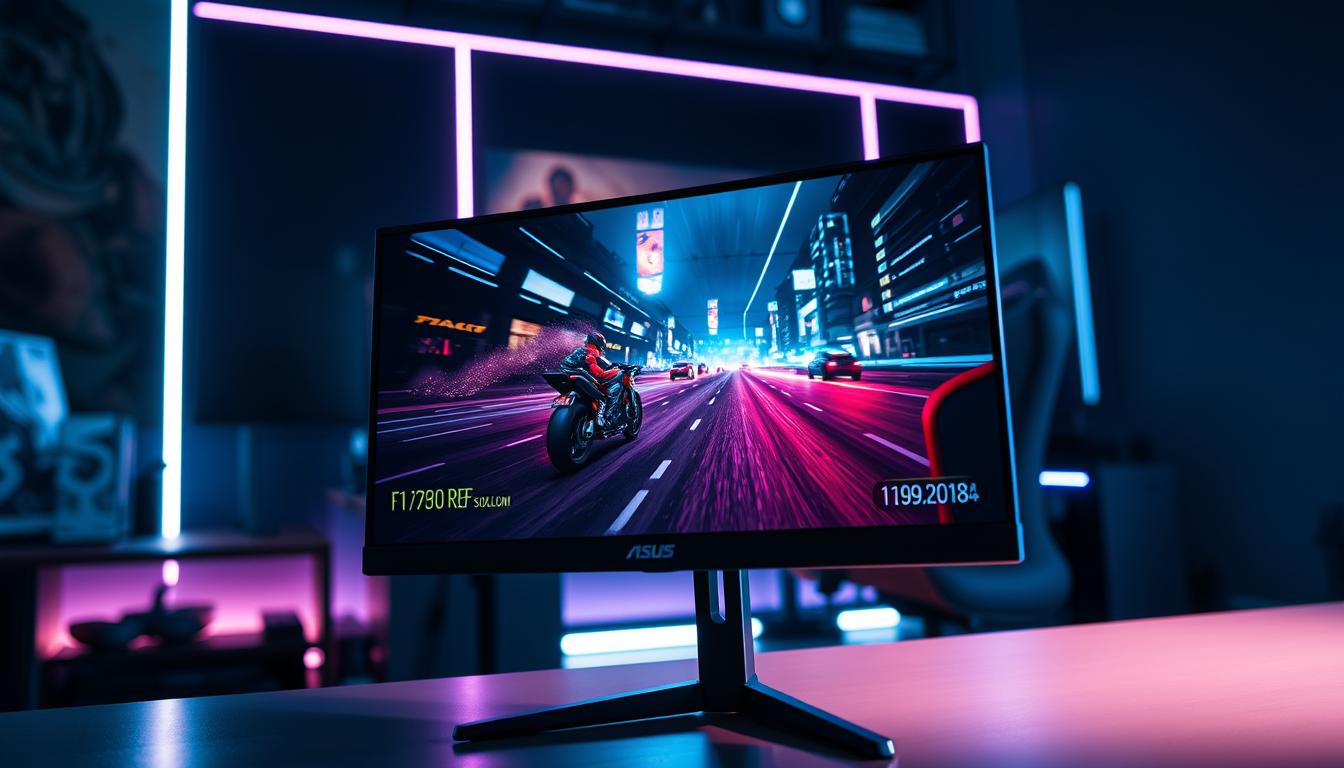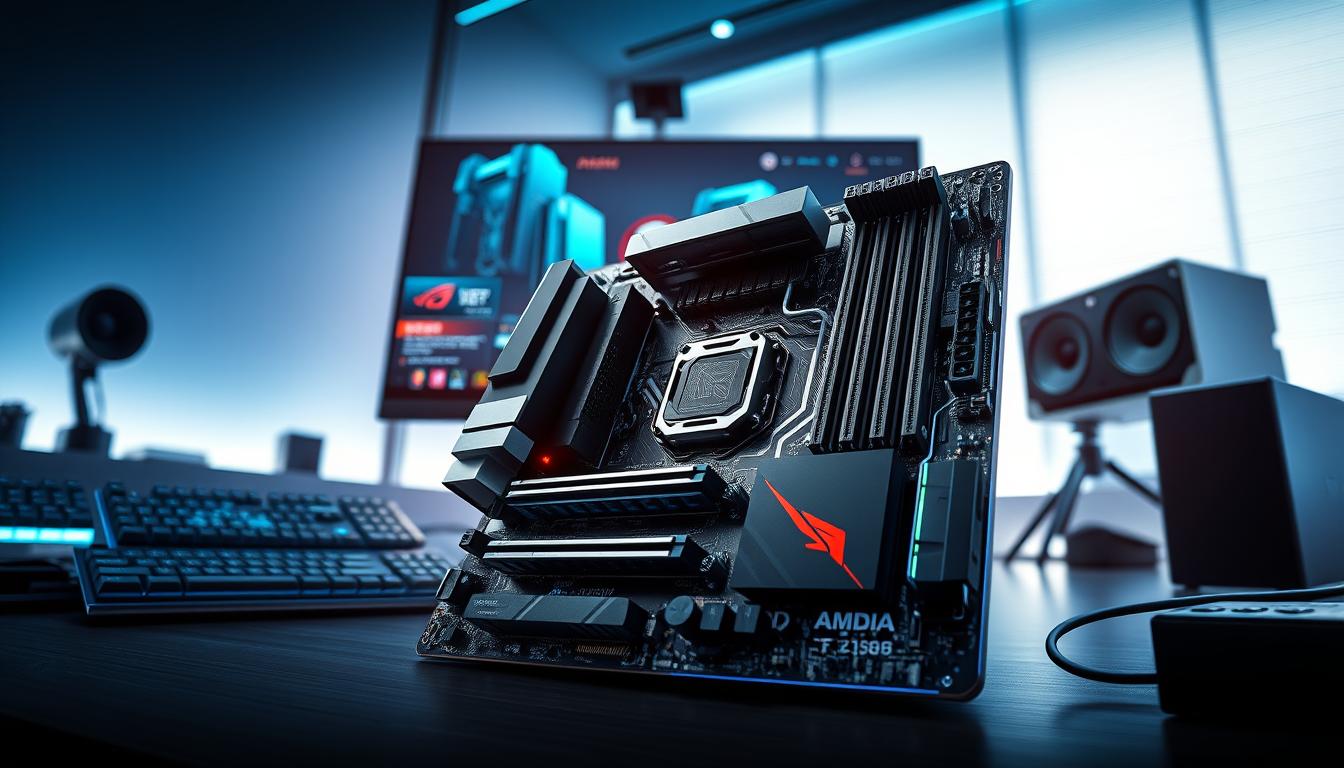The advancement of computer processors has always captivated me as a tech enthusiast, & the AMD Ryzen 9 series is a noteworthy accomplishment in the field of high-performance computing. The Ryzen 9 CPUs, which were introduced as a part of AMD’s third-generation Ryzen lineup, have already established a stellar reputation for performance in both productivity & gaming roles. These processors aim to provide state-of-the-art technology to professionals, content producers, & gamers who expect the highest performance from their systems. AMD’s Zen architecture, which is the foundation of the Ryzen 9 series, has significantly improved over its predecessors. This architecture is a compelling option for users who wish to maximize system performance without sacrificing thermal management because it maximizes power efficiency. As I learn more about the features and specs of the Ryzen 9 CPUs, I’m constantly amazed by how well they strike a balance between efficiency and raw power, making them a strong competitor in the CPU market.
Key Takeaways
- Ryzen 9 CPU is a high-performance processor designed for gaming, content creation, and multitasking.
- It features 12 cores and 24 threads, making it ideal for heavy workloads and multitasking.
- The base clock speed of Ryzen 9 CPU is 3.8 GHz, with a boost frequency of up to 4.6 GHz for improved performance.
- It comes with a large cache size of 70MB, allowing for faster access to frequently used data.
- Ryzen 9 CPU does not have integrated graphics, so a dedicated graphics card is required for display output.
The remarkable core and thread count of the Ryzen 9 CPUs is one of their most notable characteristics. The Ryzen 9 5950X goes one step further with 16 cores and 32 threads, whereas the Ryzen 9 5900X, for example, has 12 cores and 24 threads. Because of this multi-core architecture’s outstanding multitasking capabilities, I can run demanding applications at the same time without noticing any lag.
With the Ryzen 9’s core count, I can easily manage several tasks, whether I’m gaming, streaming, or editing videos. For multi-threaded applications, a high thread count is also essential for improving performance. I frequently work in 3D rendering and video editing, and I’ve discovered that the Ryzen 9 CPUs perform exceptionally well in these applications.
Better efficiency and quicker processing times are made possible by the extra threads when rendering intricate projects. For professionals who depend on their systems to produce results fast and effectively, this capability is especially helpful. In terms of clock speed, another important component that affects a CPU’s overall performance, the Ryzen 9 series does not fall short. While the 5950X starts at an impressive 3.4 GHz, the Ryzen 9 5900X has a base clock speed of 3.7 GHz. But these processors’ boost frequency capabilities are what really make them unique. Under ideal circumstances, the Ryzen 9 CPUs can achieve 4point 8 GHz boost speeds for the 5900X and an incredible 4point 9 GHz for the 5950X.
| Specs | Ryzen 9 5950X | Ryzen 9 5900X | Ryzen 9 3950X |
|---|---|---|---|
| Cores/Threads | 16/32 | 12/24 | 16/32 |
| Base Clock Speed (GHz) | 3.4 | 3.7 | 3.5 |
| Max Boost Clock Speed (GHz) | 4.9 | 4.8 | 4.7 |
| L3 Cache (MB) | 64 | 64 | 64 |
| TDP (Watts) | 105 | 105 | 105 |
I can maintain energy efficiency during lighter tasks while experiencing improved performance when necessary thanks to the ability to dynamically modify clock speeds based on workload. When playing games, the boost frequency feature is especially helpful because faster clock speeds can result in more fluid gameplay and higher frame rates. Since the Ryzen 9 CPUs can easily handle demanding scenarios, I have observed a noticeable difference in performance when playing CPU-intensive games.
A frequently disregarded component of CPU performance, cache size is essential in dictating how rapidly the processor can access data. Significant cache memory is a feature of the Ryzen 9 series; the 5900X has 70 MB of cache (L2 + L3), while the 5950X has an amazing 88 M. This large cache size enables faster data retrieval, lowers latency, and enhances system responsiveness. In my experience, tasks requiring frequent data access, like gaming and content creation, have benefited greatly from having a larger cache.
The Ryzen 9 CPUs are more capable than many of their rivals at handling data-intensive workloads when working on big projects or complex simulations, in my experience.
The integrated graphics capabilities of the Ryzen 9 CPUs are noteworthy, even though many users choose dedicated graphics cards to attain the best possible gaming performance. With AMD’s Radeon Graphics technology, the Ryzen 9 series offers respectable performance for daily tasks and light gaming without requiring a separate GPU.
Users wishing to build a system on a tight budget or those who might not need high-end graphics performance may find this especially helpful. My own experience has shown that the Ryzen 9 CPUs’ integrated graphics can manage light gaming fairly well. They are adequate for using in a home office setting where high-end graphics are not a priority, or for playing less graphically demanding games at high settings, though I wouldn’t rely on them for demanding titles. The Ryzen 9 series gains value from this adaptability, which makes it a desirable choice for a larger spectrum of users.
Autonomous Enhancement of Performance. By automatically modifying clock speeds in response to power delivery and thermal conditions, AMD’s Precision Boost technology further improves the overclocking experience. Thus, even if I am not a skilled overclocker, I can still gain better performance without jeopardizing system stability.
The Ryzen 9 series is a desirable option for enthusiasts wishing to optimize their system’s performance due to its strong overclocking capabilities and intuitive features. With users growing more aware of energy efficiency and environmental impact, power consumption is becoming a more significant factor in today’s computing environment.
In comparison to earlier generations, the Ryzen 9 CPUs’ 7nm process technology improves both performance and power efficiency. Both the Ryzen 9 series’ 5900X and 5950X have TDP (Thermal Design Power) ratings of 105 watts, which is comparatively low given their high core counts and performance capabilities. This efficient use of power, in my experience, results in lower electricity costs & less heat production in my system. For those of us who frequently use resources-intensive tasks or run our systems for extended periods of time, the ability to achieve high performance without excessive power draw is especially alluring.
Overall, the Ryzen 9 CPUs’ power efficiency enables me to take advantage of excellent performance while keeping energy usage in mind. In terms of cost and accessibility, the Ryzen 9 series provides competitive choices in the market for high-performance CPUs. The Ryzen 9 5900X retails for about $400 as of October 2023, while the Ryzen 9 5950X costs more like $800. Even though these costs might seem high in comparison to entry-level processors, the remarkable performance and capabilities that these CPUs offer make them worthwhile.
Since their original release, availability has generally increased, making it simpler for customers like myself to locate these processors at physical stores or online. Nonetheless, supply chain problems & variations in demand can occasionally affect pricing and stock levels. Notwithstanding these difficulties, I think anyone looking for top-tier performance for professional or gaming workloads should invest in a Ryzen 9 CPU. To sum up, my research into AMD Ryzen 9 CPUs has shown a potent feature set that appeals to both professionals and gamers. It’s evident why these processors have grown in popularity among tech enthusiasts like myself given their remarkable core counts, fast clock speeds, large cache sizes, integrated graphics capabilities, strong overclocking potential, economical power consumption, and competitive pricing.
With the demanding apps and games I continue to run on my system, I know that my investment in a Ryzen 9 CPU will be well worth it.
If you are interested in learning more about the specs of the Ryzen 9 CPU, you should check out the article on the AMD Ryzen 9 5950X on YourComputerBuilder.com. This article provides detailed information about the performance and features of this powerful processor. You can read the article here.
FAQs
What are the key specifications of the Ryzen 9 CPU?
The Ryzen 9 CPU is a high-performance processor designed for gaming, content creation, and multitasking. It features up to 16 cores and 32 threads, with a base clock speed of 3.5 GHz and a maximum boost clock speed of 4.9 GHz.
What is the cache size of the Ryzen 9 CPU?
The Ryzen 9 CPU comes with a total cache size of 72MB, including L2 and L3 cache.
What is the TDP of the Ryzen 9 CPU?
The Ryzen 9 CPU has a thermal design power (TDP) of 105 watts, which indicates the maximum amount of heat generated by the processor that the cooling system is required to dissipate.
What socket does the Ryzen 9 CPU use?
The Ryzen 9 CPU is compatible with the AM4 socket, which is used in AMD’s mainstream desktop processors.
Does the Ryzen 9 CPU support overclocking?
Yes, the Ryzen 9 CPU is unlocked and supports overclocking, allowing users to increase the clock speed beyond the default settings for improved performance.

